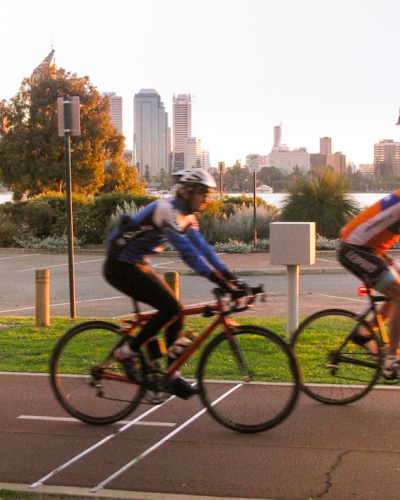Maurice Berger, cycling enthusiast and traffic data expert from MetroCount, says he expected to see a small uptick in riders because of COVID-19. However, the growth rate he witnessed as data streamed in over recent weeks has left him speechless.
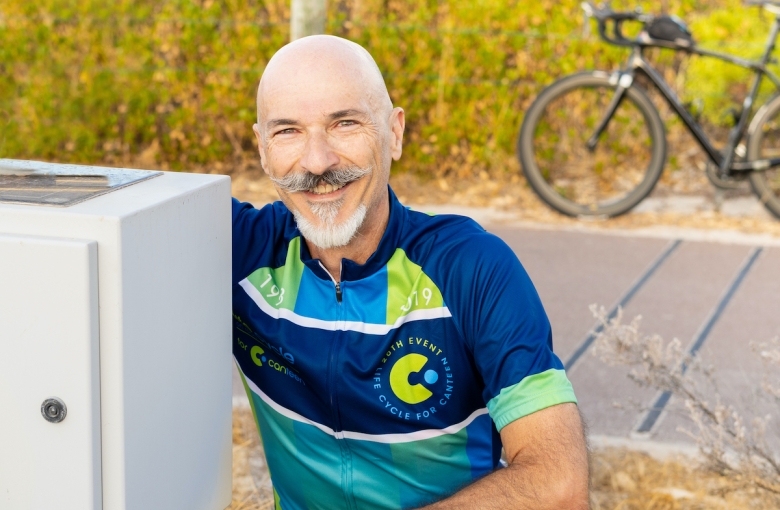
"Usually it takes years, if not decades, to see this sort of cycling growth."
Maurice Berger, MetroCount
We’re seeing similar trends in cities all over the world, but I didn’t expect Australia, which has been less affected by the virus than most, to have three times as many riders than usual in some areas.”
Maurice attributes the increase in part to people avoiding public transport and commuting by bike instead; but also to those wanting a way to exercise and make the most of the sunny weather while maintaining social distancing.
“So many of us have been stuck working or studying at home and unable to play sport or go to the gym like we normally would. Like most, I’m now working from home and have been riding almost every day to get some fresh air, go quaxing (shopping) and keep active,” he says.
Cycling growth in Australia – Perth
Historical data from the City of Fremantle shows that, on any average day in 2019, there were 250 riders using the Leighton Beach shared path. That number increased to 740 a day in April and May this year.
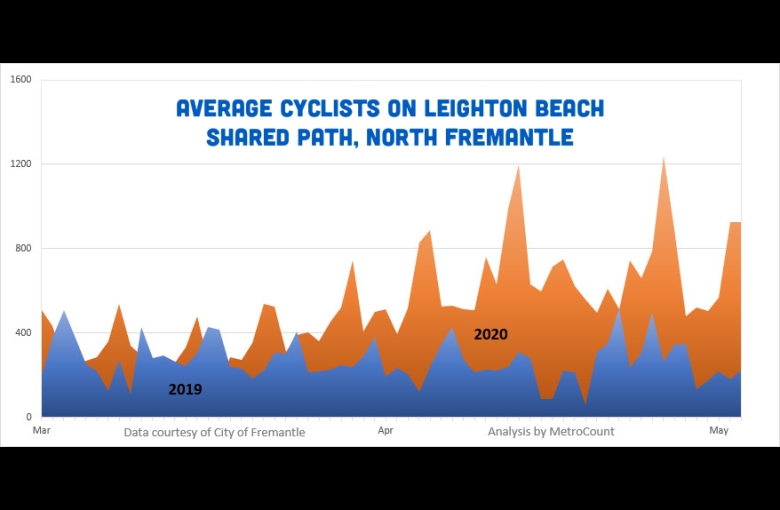
Similarly, a daily average of 1,200 cyclists rode along the South Perth foreshore in 2019. That number jumped to 2,518 in April this year and almost tripled to 3,079 a day for the beginning of May.
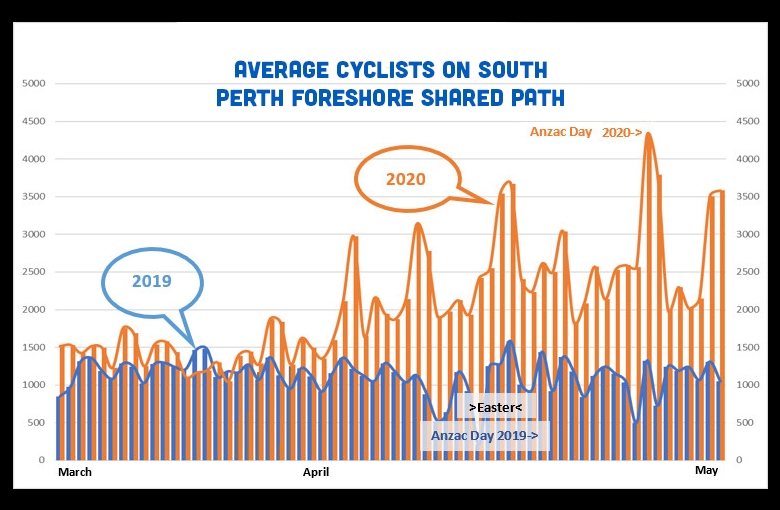
Data collected on other cycle paths around the city, including from the City of Joondalup and South Fremantle show similar increases.
Regional travel restrictions also played a role in cycling growth, especially over the Easter and ANZAC day long weekends.
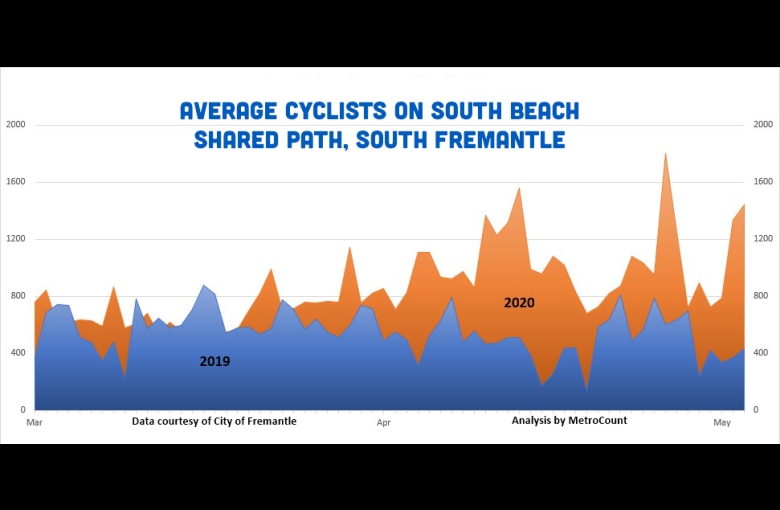
“Vehicle data shows that there was an 89% drop in Easter weekend traffic on the 3 key highways leaving Perth,” says Maurice.
“That meant most people stayed in Perth, where many attractions and cafes/restaurants were closed.
What better to do on such a sunny long weekend than go for a ride?”.
Melbourne implements 12kms of pop up bike lanes
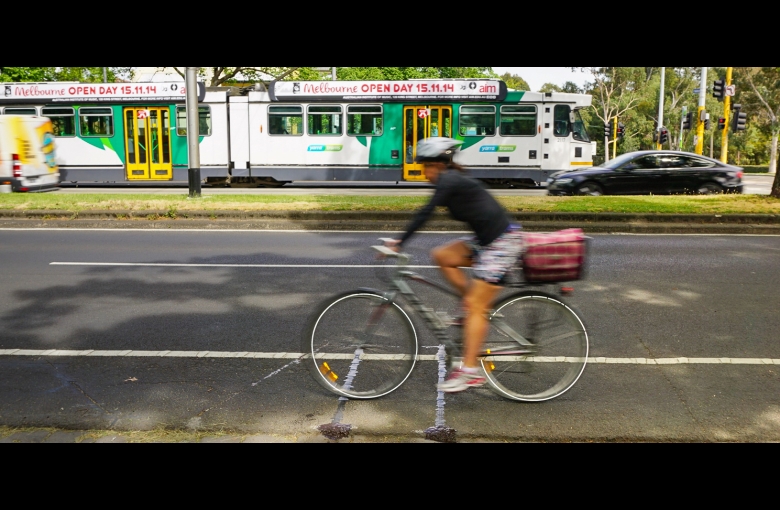
VicRoads manages 57 permanent bike counters in the Melbourne Metropolitan area. Since COVID-19 hit they have increased the intervals they receive data to daily so as to make timely and informed decisions on policies and infrastructure plans.
This has led the City of Melbourne to remove unused parking spots and implement 12kms of pop up bike lanes in an Australian first.
MetroCount has released the graph to the right showing considerable increases in riders during March and April 2020 along the Bay Trail in St Kilda. Heavy rainfall took its toll, with rider numbers dipping just before Easter.
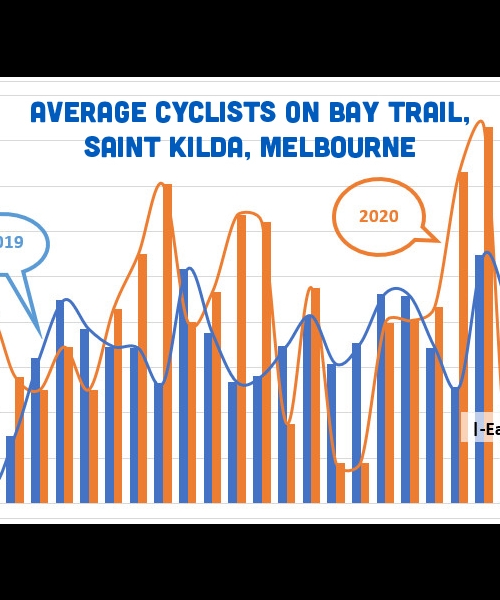
Adelaide cycling doubles
Data from the City of Charles Sturt in Adelaide shows that cycling increased 200% along the River Torrens Linear Park Trail. April 2019 saw just over 800 riders use the path on a daily basis. That doubled to over 1,600 daily riders in April 2020.
This has prompted the City of Adelaide to look into implementing pop up bike lanes and put pressure on the Department of Planning, Transport, and Infrastructure for more cycling funding.
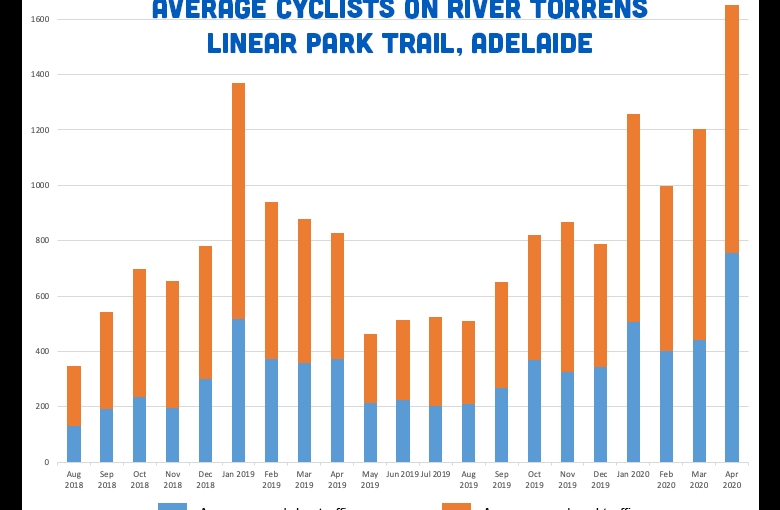
Bicycle Institute of SA chairperson Katie Gilfillan is hoping for more funding from the South Australian government to test pop up lanes and implement more permanent cycling routes.
“On top of the extra funding they’ve got for local councils now we’d also like to see the State Government genuinely increasing funding for bike riding, which currently gets around 0.6 per cent of the total transport budget,” Ms Gilfillan said.
“We’d like to see that increase to 5 per cent and for us to keep rolling out quality bike infrastructure that’s low stress, so places where people don’t have to battle with cars a lot.”
Sydney starts work on 6 new cycling links
As the state most impacted by the coronavirus pandemic, Transport for New South Wales just announced 6 new cycling links to be built in Sydney at the following locations:
- Bridge Road / Pyrmont Bridge Road at Pyrmont;
- Pitt St North in the CBD;
- Moore Park Road in Paddington / Moore Park;
- Dunning Avenue at Rosebery;
- Sydney Park Road in Alexandria / Erskineville;
- Henderson Road at Eveleigh.
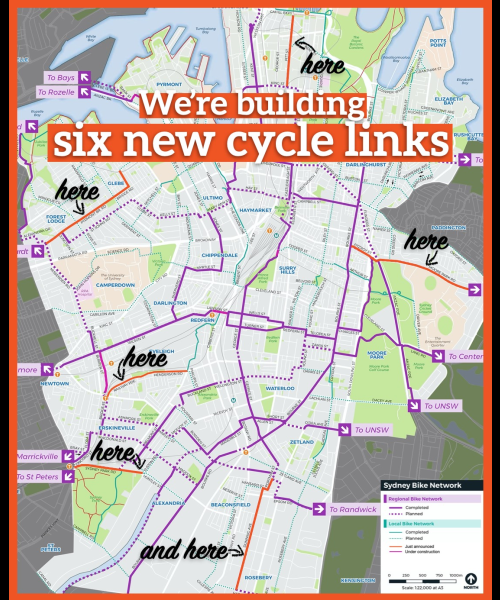
Minister for Transport and Roads Andrew Constance admits that if nothing is done, issues will arise as people start commuting again to school and work.
“We are already seeing our public transport system at capacity during peak periods with the need to physical distance, and we want to offer the community more options to make their journeys safer.
“We’ve been working closely with City of Sydney Council to identify key public spaces that could be freed up for cycling paths and prioritising pedestrians and cyclists to ensure safety.”
The new bike lanes will be implemented alongside a trial 40km/h speed limit in Ultimo and on Bridge Road between Annandale and Pyrmont.
Bikes are the new ‘toilet paper'
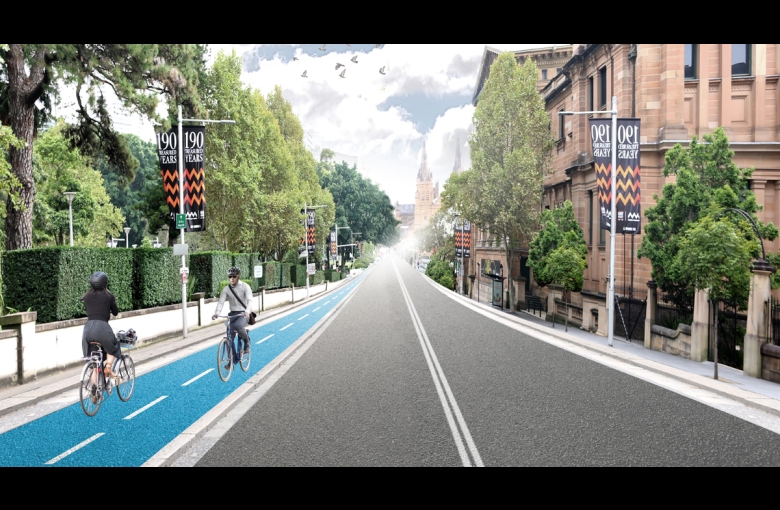
With bikes being referred to as the ‘new toilet paper’, cycling shops around the globe are struggling to keep up with the demand for bike sales and services.
So, what does this mean for the future of cycling? Will growth be sustained after the coronavirus passes? Maurice Berger certainly hopes so but claims it is dependant on local councils and State Road Authorities continuing to invest in bike infrastructure to keep riders safe and interested in cycling.
He encourages bringing forward investment plans to take advantage of the increased uptake in riders and pedestrians.
“The UK is investing £2 billion in active travel infrastructure. France and Italy are giving up to €500 a person to buy a bike or learn to ride. And New South Wales has created a $15 million fund to pay for pedestrian and cycling projects across the state,” he explains. “Transport professionals everywhere understand that we need to strike while the iron is hot and improve cycling as an experience for everyone to see these trends continue”.
About MetroCount:
For over 25 years, MetroCount has been supporting the creation of sustainable, liveable, and smart communities by providing the most accurate and comprehensive traffic data worldwide.
Our vehicle counters/classifiers, designed and built in Western Australia, monitor road, bike, e-scooter and pedestrian traffic in 120 countries.
Today we work closely with road authorities and traffic managers to achieve safer, more efficient road and cycle networks.
Got a great MetroCount story? Share it with us and let the world know the great work you're doing in your community.
